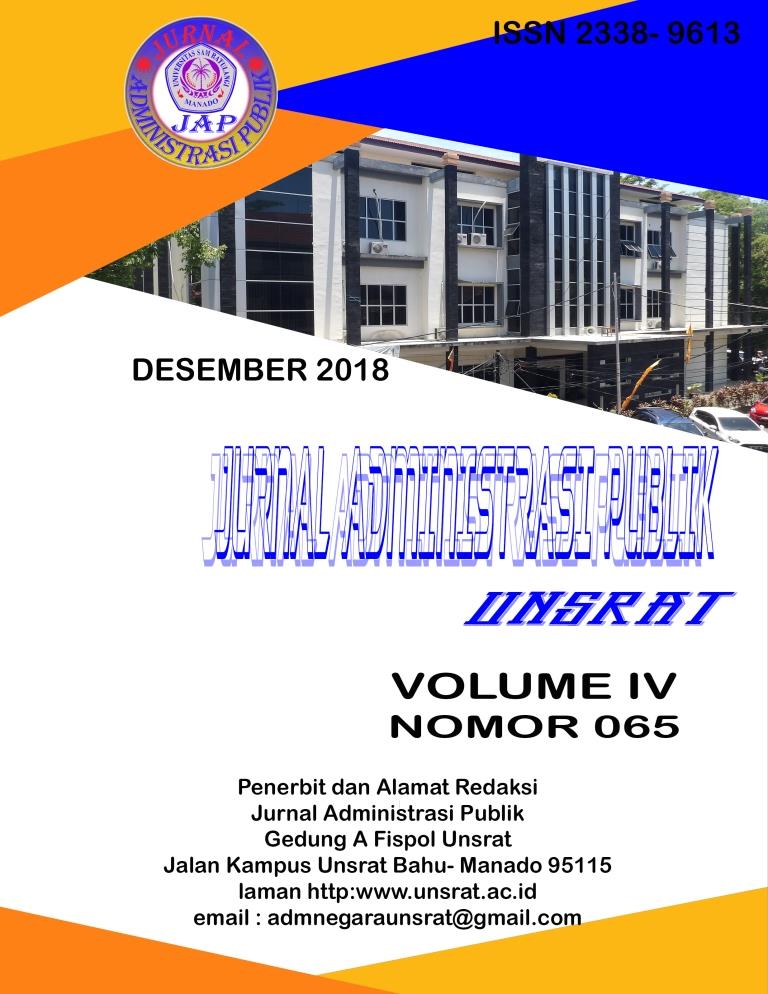EFEKTIVITAS PEMUNGUTAN PAJAK BUMI DAN BANGUNAN DI DESA KAMANGA DUA KECAMATAN TOMPASO KABUPATEN MINAHASA
Abstract
This research aims to determine the effectiveness of land and building tax
collection in the village of Kamanga Dua, Tompaso Subdistrict. By applying the
descriptive-qualitative method, this research uses the types of primary and secondary
data, then the data is obtained using interview techniques and field observations. After
and collected then analyzed using percentage analysis techniques to see the effectiveness
of UN collection then interview data were also analyzed using interactive techniques.
The results showed that: (1) Land and Building Tax Collection in Kamanga Dua
Village, Tompaso Subdistrict, Minahasa District was categorized in principle "Not yet
effective" or successful with an average achievement of 100 percent per year from the
target set at 30,150 million rupiah on average per year. (2) The ineffectiveness of UN
collection in 2017 is caused by several things, including the transition of the UN
management from the central government to the district / city government so that tax
officials have not had time to effectively disseminate information to taxpayers and there
is an assumption that UN revenue is not fully utilized for the benefit of regional
development and even the impression of being misused by certain individuals. It is
recommended that in order to achieve the UN acceptance target in the village of
Kamanga Dua, Tompaso Subdistrict, Minahasa District, the ability of UN collection
officers who have adequate skills is needed, the government is advised to conduct special
training for UN collection officers. In order to optimize UN revenues so that they can
achieve the set targets, the village government needs to disseminate information to the
mandatory UN whenever there are changes to the UN collection policy.
Keywords: Effectiveness, Collection of Land and Building Taxes








